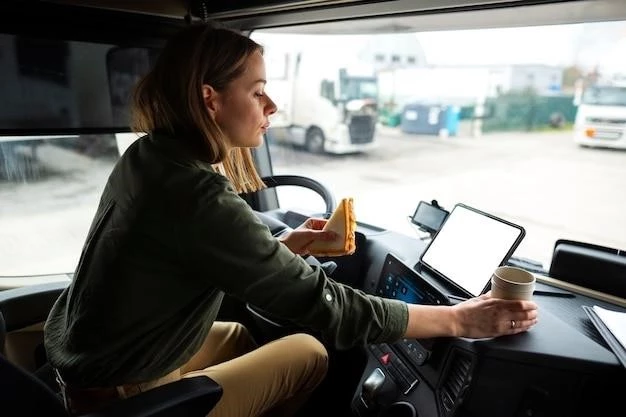The Future of Trucking: Will Autonomous Vehicles Replace Human Drivers?
The trucking industry is at a crossroads, facing a future where technology is poised to revolutionize its operations. At the forefront of this transformation lies the rise of autonomous vehicles (AVs), promising to reshape the landscape of long-haul transportation; While the prospect of self-driving trucks holds immense potential, it also raises critical questions about the role of human drivers and the implications for the industry as a whole.
The Promise of Autonomous Trucking
The allure of autonomous trucking stems from its potential to address several key challenges facing the industry:
- Enhanced Safety: AVs are designed to operate with precision and consistency, reducing the risk of human error that often contributes to accidents. Studies have shown that autonomous vehicles have the potential to significantly reduce road fatalities.
- Increased Efficiency: AVs can operate continuously without breaks, maximizing uptime and reducing downtime associated with driver fatigue. This translates into faster delivery times and lower operating costs.
- Improved Fuel Efficiency: AVs can optimize routes and driving styles to minimize fuel consumption, leading to reduced emissions and environmental impact.
- Reduced Driver Shortage: The trucking industry is grappling with a severe driver shortage, making it difficult to fill positions. AVs could alleviate this pressure by automating driving tasks, allowing drivers to focus on other responsibilities;

Challenges and Concerns
While the potential benefits of autonomous trucking are undeniable, several challenges and concerns need to be addressed:
- Regulatory Framework: The development and deployment of AVs require a clear and comprehensive regulatory framework to ensure safety, liability, and ethical considerations. Currently, regulations surrounding autonomous trucking are still evolving.
- Public Acceptance: Public perception of autonomous vehicles is crucial for their widespread adoption. Concerns about safety, job displacement, and potential security vulnerabilities need to be addressed through public education and engagement.
- Infrastructure Adaptation: Existing infrastructure, such as roads and traffic signals, may need to be adapted to accommodate the unique needs of autonomous vehicles. This includes implementing technologies for communication and data exchange.
- Cost and Technology: The development and deployment of autonomous trucking technology require significant capital investment, which may pose a barrier for smaller trucking companies.

The Future Landscape
The future of trucking is likely to be a hybrid one, where human drivers and autonomous vehicles coexist. AVs are expected to play a growing role in long-haul trucking, while human drivers may continue to be employed for short-haul routes, specialized tasks, and situations where human judgment is essential.
The transition to autonomous trucking will require a collaborative effort from industry stakeholders, including manufacturers, technology companies, policymakers, and the public. By addressing the challenges and embracing the opportunities, we can harness the potential of AVs to create a safer, more efficient, and sustainable future for the trucking industry.
Conclusion
The advent of autonomous vehicles is a transformative event for the trucking industry. While the full impact of this technology remains to be seen, it is clear that it will fundamentally alter the way goods are transported. The future of trucking will be defined by a balance between human and autonomous capabilities, creating a more efficient, safe, and sustainable transportation system.










